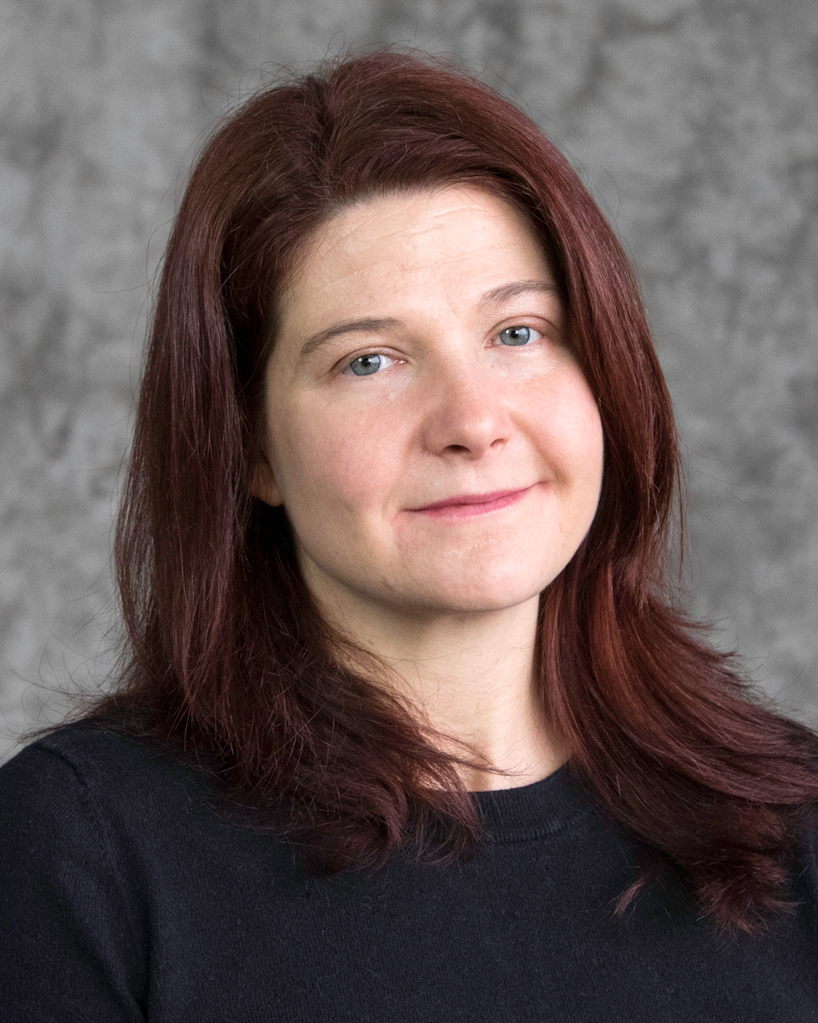
UMSL Criminology and Criminal Justice Professor Lee Slocum has been surveying residents of Mecklenburg County, North Carolina; St. Louis County; and Missoula County, Montana; on their feelings about community safety for a project sponsored by the John D. and Catherine T. MacArthur Foundation. (Photos courtesy of Lee Slocum)
Local news reports are often chock-full of stories about homicide and other violence, and research on the raw statistics about crime in American cities – still elevated compared to pre-pandemic levels – is guaranteed to generate headlines.
But most of that media coverage fails to capture how residents actually feel about safety in their communities.
Lee Slocum, a professor of criminology and criminal justice at the University of Missouri–St. Louis, has been leading a project titled “Redefining Community Safety” that aims to dig deeper to get at those attitudes and what factors drive them. She’s been getting assistance from Associate Professor Adriano Udani, the director of UMSL’s Public Policy Administration Program; colleagues in the Community Innovation and Action Center, including Co-Director Kiley Bednar; former faculty member Beth Huebner; students Bobby Boxerman, Ellie Lynne, Sarah Kirk and Kon Spanoudakis; and recent UMSL PhD graduate Claire Greene, now at Webster University.
With the support of a grant from John D. and Catherine T. MacArthur Foundation’s Safety and Justice Challenge, Slocum and her colleagues are currently surveying residents of St. Louis County along with Mecklenburg County, North Carolina – which contains the city of Charlotte – and Missoula County, Montana, on what it means for a community to be safe.
The survey opened in late June, and people who live and work in those counties still have until Aug. 4 to make their voices heard by sharing their responses to statements that touch on things such as low rates of violent crime and policing to government transparency, sense of community and infrastructure in place. Take the survey here.
“The core component is that people want to be able to move through time and space without harm and without worrying about being harmed,” Slocum said. “That’s the overarching theme. Under that, there really is a lot of diversity in what harm means and what harms they’re concerned about, as well as who or what they’re concerned about being harmed by.”
The project launched last fall and coincides with similar efforts made recently in St. Louis to better define public safety, including one from the Center for Policing Equity and another from The People’s Plan St. Louis.
Slocum and her colleagues began by having conversations with local stakeholders and examining publicly available data about trends in crime, victimization and jail populations to get a sense of conditions in each community. They also looked at local media coverage to get a sense of how crime is portrayed.
Last fall, they conducted an initial open-ended survey asking people in all three communities to provide statements describing a safe community. They also conducted targeted interviews and focus groups to try to get at the attitudes of people who seemed less likely to respond to a voluntary survey, including individuals involved in the criminal justice system. Drawing on these responses, they then worked with over 60 community members to identify the key components of community safety to construct the current survey, in which they ask respondents to assign a level of importance to each component.
Slocum and her colleagues are only just beginning to analyze the responses, but they have observed differences in attitudes in different locations – Charlotte, a growing metropolitan area in the Southeast; St. Louis, a comparatively stagnant region in the Midwest; and Missoula, a college town in the Mountain West, home to the University of Montana, and with a much larger rural population.
The differences are revealed, in particular, in how people in different locations think about some of the biggest hot-button issues related to crime and public safety.
“Gun violence is important in Missoula, but it just looks different,” Slocum said. “A lot of people talked more about fear of gun violence with kids in schools versus a little bit less of the community gun violence, and they also talked a little bit more about gun safety – gun education – rather than restricting access to or getting rid of guns completely.”
There are also differences in attitudes about policing in different communities.
“Mecklenburg has a larger immigrant population coming in, so there are concerns among some in that population about interacting with the police and being willing to engage with them out of a generalized fear of being undocumented,” she said.
In St. Louis, meanwhile, she’s observed concerns about the response times of the 911 system and first responders.
Slocum and her colleagues will get help from a group of stakeholders to make sense of the findings, and plan to create a visual representation of a community-driven definition of safety that can be used to measure conditions, set priorities, guide policy actions and assess changes over time.
There are challenges to getting a representative sample among the respondents, but Slocum still expects to issue a report on the survey results this fall.
Perhaps more importantly, she and her colleagues hope to create a toolkit that helps other communities engage residents on what community safety means to them so that they keep community voices at the center of policy discussions and action.















